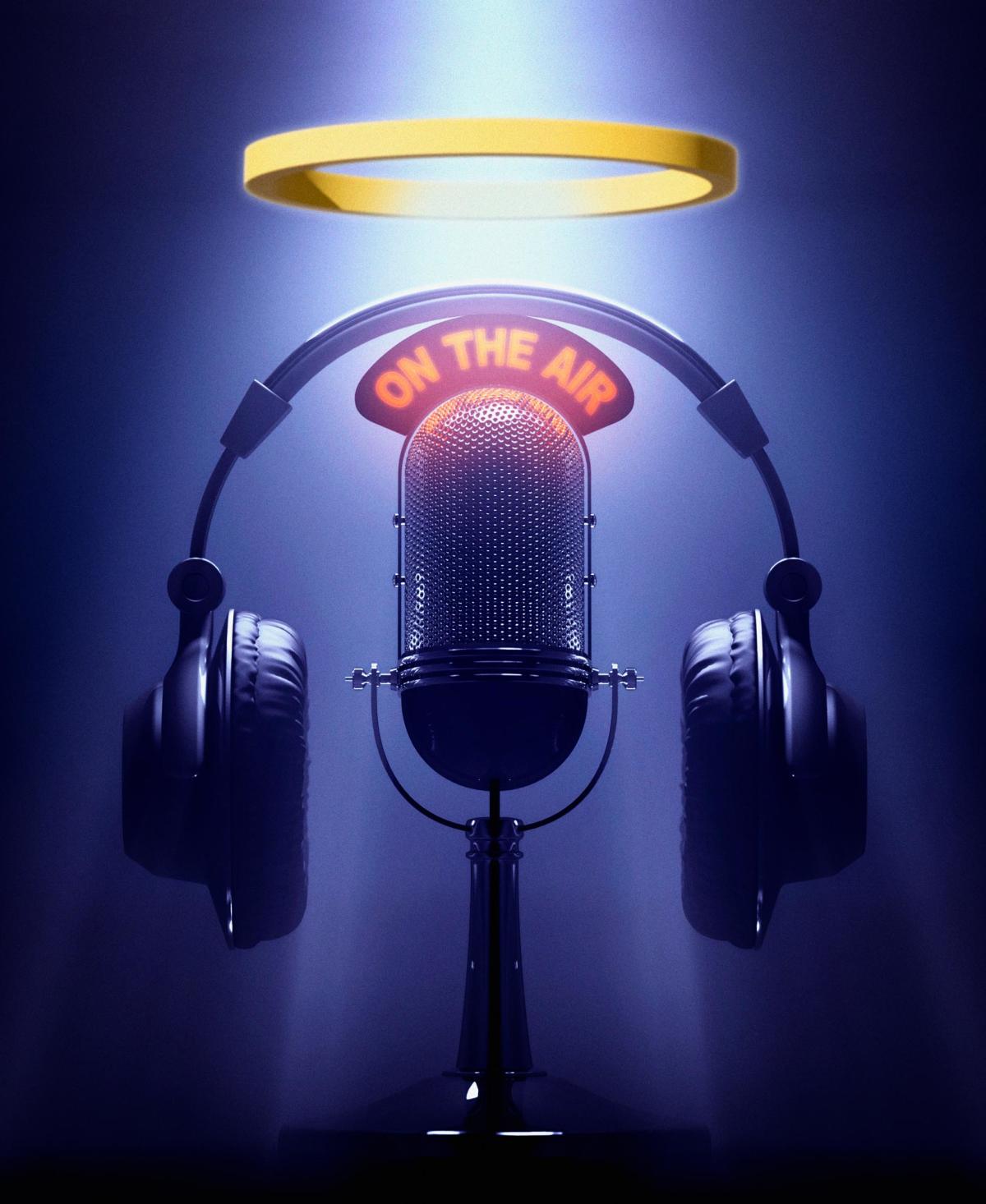Here's a free version of that article:
The Educational Media Foundation is the country’s fastest-growing radio chain — and it's exploiting federal loopholes to buy up local radio stations and take the devil's music off the air

www.yahoo.com
Its a great article. T
I find the article terribly biased. It speaks of
bad music taking over the airwaves without considering that what the "example station" WAAF played is horrible music to just as many people... Rolling Stone seems to expect that everyone has to like whatever flavor of rock they are favoring and nothing else.
Then they compare EMF with NPR. EMF owns and operates stations. NPR produces programming. There is no valid point of comparison. It is like comparing car dealers with auto manufacturers; same filed, different businesses entirely.
And the criticism of EMF for not playing songs that are inside the scope of an AC format is absurd. Non-religious based AC's don't play rap or hard rock or heavy country. Why should EMF's AC format be any different. This is like complaining that there are not enough Black Regional Mexican artists!
And to find a faith-based organization somehow to be highly nefarious just because it is a non-profit group is just untenable as a premise for criticism. From churches to dog shelters, non-profit organizations do lots of cause-based fund raising, from the Red Cross to the SPCA. The organizers of the entity were seeking the furthering of a cause, not personal profit; what is wrong with that?
Whether it is the United Negro College Fund or the Museum of Tolerance, many non-profits have some kind of social agenda they are based on and that is fundamental to being a non-profit.
But the most horrid part of the article is the belief by the folks at Rolling Stone that the "left end of the dial" was not set up for non-profit faith based organizations and that somehow they are invading and taking over stations that should be run by, I guess, the good folks art Pacifica instead of the evil ones at EMF.
In most of the final part of the article, Rolling Stone rants about the horrible quality of contemporary Christian music. That may be their opinion as a once-upon-a-time rock magazine, but that is all it is: opinion.
(I don't like the EMF music either. It is, to me, boring and uninspiring. But I feel the same way about hard rock... loud, boring and uninspiring. In both cases, opinion. And an opinion not shared by two very large groups of Christian and Rock music followers.)



